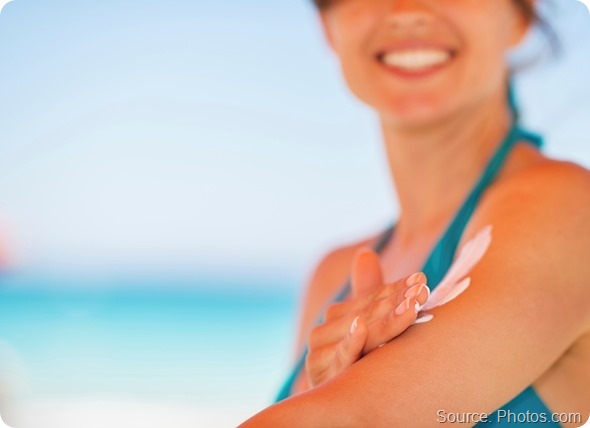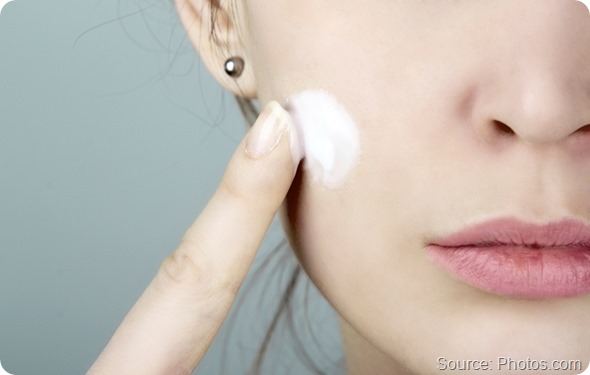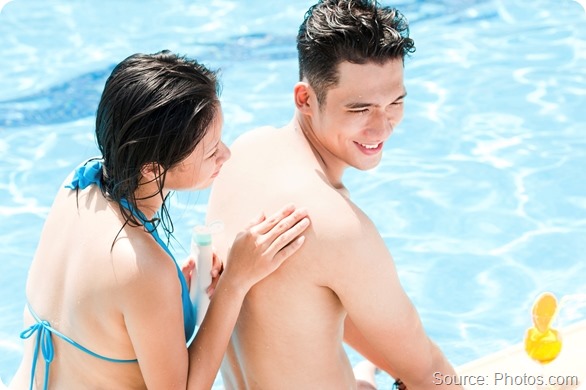
How many people does skin cancer affect and is it on the rise?
Unfortunately the incidence of skin cancer has risen in Australia over the past decades. From 1982 to 2007, melanoma diagnosis increased by around 50%, and in 2011, 1544 people died due to melanoma.
Over 434,000 people are treated for one or more non-melanoma skin cancers (NMSC) in Australia each year, and two in three Australians will be diagnosed with skin cancer by the time they are 70.
More than 2000 Australians died from skin cancer in 2011.
How effective is sunscreen at protecting the skin against sun damage?
Sunscreen is very effective at protecting the skin against sun damage providing it is high SPF, broad-spectrum (protects against UVA and UVB), and applied correctly.

Studies have shown that many people do not apply enough sunscreen for complete protection. How much sunscreen should you apply?
Many Australians apply too little sunscreen, and forget to re-apply it every two hours. This usually means they get less than half the stated SPF protection.
In the laboratory, SPF values are determined based upon the application of 2 mg sunscreen per cm2. This equates to around 35 ml of sunscreen (or a medium sized shot glass) for an average adult.
Is it better to apply sunscreen before or after moisturise and make-up?
Sunscreen should be applied after moisturiser. Make up can then be applied after a few minutes.

Is it necessary to apply sunscreen to areas that are covered by clothes or will the clothes provide sufficient UV protection?
Clothes will only provide adequate protection if they are opaque when held up to the light. Such clothing should cover as much skin as possible, and generally darker coloured, loose-fitting clothing provides more protection than lighter, tight fitting clothing.
Some protective clothing will have a UPF (Ultraviolet Protection Factor) rating, which provides information on how much UV radiation will pass through unstretched, dry material.
How often should you re-apply sunscreen?
Sunscreen should be reapplied every 2-3 hours, as well as after swimming, exercising, towelling etc.

What does SPF actually mean and how do you choose the right factor?
SPF stands for Sun Protection Factor and provides a measure of protection against UVB only. This tells us how much longer it will take for our skin to burn when wearing a sunscreen and exposed to UVB, compared to if we were not wearing a sunscreen. For example, if wearing an SPF 15 sunscreen, our skin will take 15 times longer to burn than without.
The highest SPF sunscreen available in Australia is SPF 50+. Given that most people do not apply enough sunscreen, I would recommend this as it offers some safety margin.
Current Australian sunscreen standards require that the UVA protection factor in broad spectrum sunscreens to be at least 1/3 of the labelled SPF, so choosing a sunscreen with a higher SPF will also mean higher UVA protection.
How does ultraviolet A (UVA) differ from ultraviolet B (UVB) and do you need to choose a sunscreen that protects against both?
UVA has a longer wavelength of 320-400 nm, compared to UVB (290-320 nm), and accounts for around 95% of UV radiation reaching the earth.
UVA is present with relatively equal intensity throughout the year, whereas UVB varies by season, location and time of day. UVA can also penetrate through clouds and glass.
UVB is the main cause of sunburn and affects the upper layers of the skin. UVA penetrates more deeply and is the main cause of premature ageing. Both suppress immune function and play a role in development of skin cancer.
It is therefore very important that a sunscreen protects against both i.e. is “broad spectrum”.
What do you think the future holds for skin protection?
We are only just realising how important it is to use a sunscreen with high UVA protection and research is continuing into ingredients that provide high protection, have greater photostability, and are low irritant.
Companies are also more aware that they need to develop products that are cosmetically elegant, for people to use them on a daily basis.
Where can readers find more information?
About Dr Michelle Hunt
 Dr Michelle Hunt graduated from Medicine at the University of Sydney in 1989 and was admitted to the degree of Master of Medicine in 1992 after undertaking research in skin cancer.
Dr Michelle Hunt graduated from Medicine at the University of Sydney in 1989 and was admitted to the degree of Master of Medicine in 1992 after undertaking research in skin cancer.
She became a Fellow of the Australasian College of Dermatologists in 1997 and the following year undertook a 12-month Fellowship in Mohs’ Micrographic Surgery and Laser Dermatology at the Skin & Cancer Foundation Westmead, obtaining membership with the American College of Mohs’ Micrographic Surgery.
Michelle is a Cosmetic and Laser Dermatologist at Inner Sydney Dermatology, Mohs’ surgeon at the Skin & Cancer Foundation, Westmead, and Emeritus Visiting Medical Officer at Royal Prince Alfred Hospital. She also plays an active role in the teaching of Dermatology trainees and GPs.